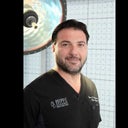Thank you for the question and congratulations on your decision to proceed with breast reduction surgery. You may be surprised to know that your goals/requests are not that unusual. I see several patients every year who wish to achieve as small of a breast appearance outcome, for a variety of personal reasons.

